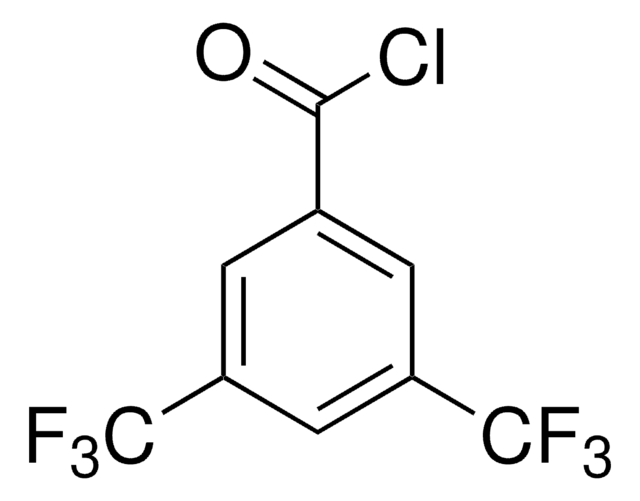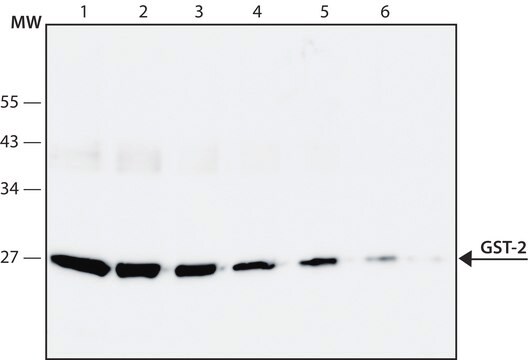GS90
GST T1-1, Recombinant Human
Synonym(s):
glutathione S-transferase theta 1
About This Item
Recommended Products
biological source
human
Quality Level
recombinant
expressed in E. coli
Assay
95% (SDS-PAGE)
form
frozen liquid
specific activity
8.8 units/mg protein (as assayed by the spectrophotometric determination of NADPH oxidation coupled to the glutathione peroxidase activity of GST T1-1 on cumene hydroperoxide (1.5 mM) in the presence of reduced glutathione (1 mM) in 100 mM NaPO4 (pH 7.0) at room temperature.)
mol wt
25 kDa
concentration
1.95 mg/mL
storage temp.
−70°C
Gene Information
human ... GSTT1(2952)
General description
Biochem/physiol Actions
Storage and Stability
Storage Class Code
10 - Combustible liquids
WGK
WGK 1
Flash Point(F)
Not applicable
Flash Point(C)
Not applicable
Certificates of Analysis (COA)
Search for Certificates of Analysis (COA) by entering the products Lot/Batch Number. Lot and Batch Numbers can be found on a product’s label following the words ‘Lot’ or ‘Batch’.
Already Own This Product?
Find documentation for the products that you have recently purchased in the Document Library.
Our team of scientists has experience in all areas of research including Life Science, Material Science, Chemical Synthesis, Chromatography, Analytical and many others.
Contact Technical Service
![[1,1′-Bis(diphenylphosphino)ferrocene]dichloropalladium(II)](/deepweb/assets/sigmaaldrich/product/structures/130/734/8846aa26-1858-458a-998d-8c306c13bf0f/640/8846aa26-1858-458a-998d-8c306c13bf0f.png)

